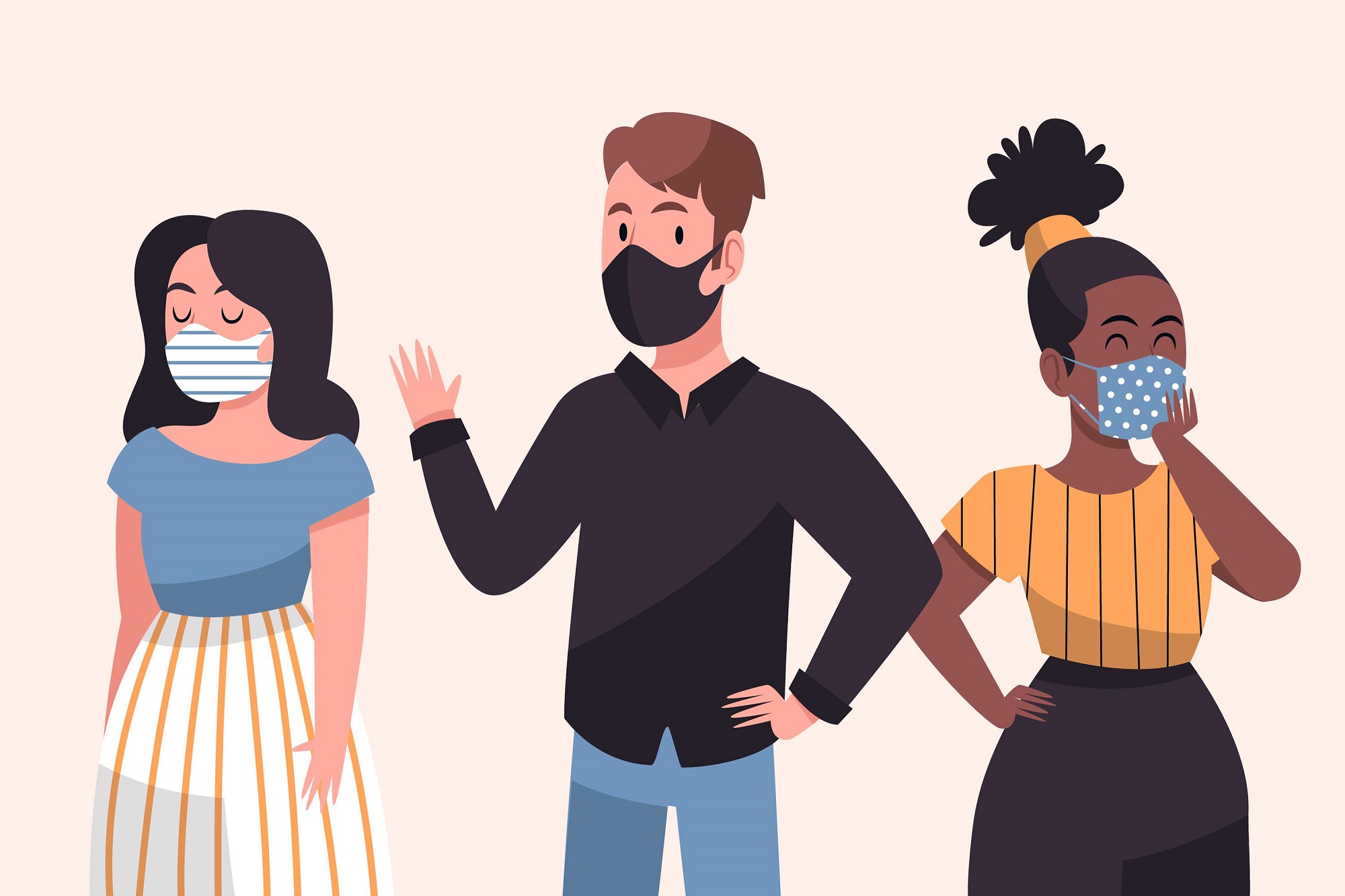
New COVID Laws for 2021: What is AB 685?
December 16, 2020
California has passed several laws regarding COVID-19 since September, all of which will be effective by January 1, 2021. This entry examines Assembly Bill 685.
AB 685 clarifies employer notification requirements vis-à-vis employees and COVID-19, strengthens employer reporting requirements, and enhances Cal/OSHA enforcement of the bill.
Hopefully, the only elements of the bill employers need to be concerned about are the notification and reporting aspects. Note that this updates our previous blog, What To Do If An Employee Gets the Coronavirus.
AB 685 Notification Requirements
Who, What, and When? Employees and employers of subcontracted employees at the same worksite as a person subjected to a quarantine order, or an infected person within the infectious period, must be sent written warning of possible exposure. The written warning must be sent within one business day of the employer’s receipt of “notice of potential exposure.”
Employers must provide the same individuals with 1) the disinfection and safety measures planned per CDC guidelines as a response to the exposure, and 2) information on COVID-related benefits and protections to which they may be entitled. Clarification as to specific documents doesn’t exist yet, but the Labor and Workforce Development Agency has issued a most helpful chart.
Consider including antiretaliation and antidiscrimination protections, and workers’ compensation and leave options for exposed employees (including COVID-19-related leave, company sick leave, state-mandated leave, supplemental sick leave, or negotiated leave provisions.)
How? Normal methods of communication with employees, such as email or text, should be used to send the notice, as long as it is in English and the language understood by the majority of the employees, and employees can reasonably be expected to receive it within one business day of sending. Maintain individuals’ rights to privacy by keeping name and medical details of the infected person private.
(You may obtain permission to disclose diagnosis; some employers are proactively discussing this with employees prior to receiving notice of potential exposure.)

What is “notice of potential exposure?” The employer or its representative receives:
- Notice from an employee or emergency contact that an employee is a “qualifying individual”;
- Notice through the employer’s testing protocol that an employee is a “qualifying individual”;
- Notice from a public health official or licensed medical provider that an employee was exposed to a “qualifying individual” at the “worksite”; or
- Notice from a subcontracted employer that a “qualifying individual” was on the worksite.
What is a “qualifying individual?” AB 685 defines “qualifying individual” as a person who: (1) has a laboratory-confirmed positive case (i.e., a positive result on any viral test for COVID-19, including nucleic acid (PCR) and antigen tests); (2) has a COVID-19 diagnosis from a licensed health care provider, (3) received an isolation order from a public health official, or (4) died due to COVID-19.
Individuals may receive local isolation orders based on potential exposure, and not necessarily have contracted a confirmed case of COVID-19. This means employers may be subject to providing AB 685 notices out of proportion to positive cases.
How is “worksite” defined? A “worksite” is “the building, store, facility, agricultural field, or other location where a worker worked during the infectious period.” The term doesn’t apply to any structure or location a qualified individual didn’t enter.
AB 685 Reporting Requirements
A workplace outbreak is defined as three or more laboratory-confirmed cases of COVID-19 within a two-week period among employees who live in different households.
Employers are required to notify the jurisdictional local public health agency in the case of a workplace outbreak within 48 hours of becoming aware they have met the criteria.
Number, names, occupations, and worksites of infected and quarantined individuals, the business addresses and NAICS codes of the worksites in question, and all subsequent lab-confirmed cases of COVID-19 need to be reported.
Wow. Anything else? Yep. Records of all notifications must be kept for three years.
Cal/OSHA Enforcement Enhancement
Orders Prohibiting Use (OPU) An expansion of current Cal/OSHA OPU powers and effective January 1, 2021 through January 1, 2023, a Cal/OSHA Order Prohibiting Use (OPU) can shut down worksites or worksite areas exposing employees to imminent hazard related to COVID-19.
Any employment worksite where risk of exposure is an imminent hazard can be closed, removing employees from risk until the situation is effectively addressed by owners or management.
Citations for Violations If Cal/OSHA demonstrates a realistic possibility an employer is risking death or serious physical harm to employees, beginning January 1, 2021 they can issue a citation for serious violations related to COVID-19 without the 15-day notice to employers required in earlier versions of the bill. Such citations can result in financial penalties. This extended power expires January 1, 2023.
December 16, 2020

Comments are closed here.